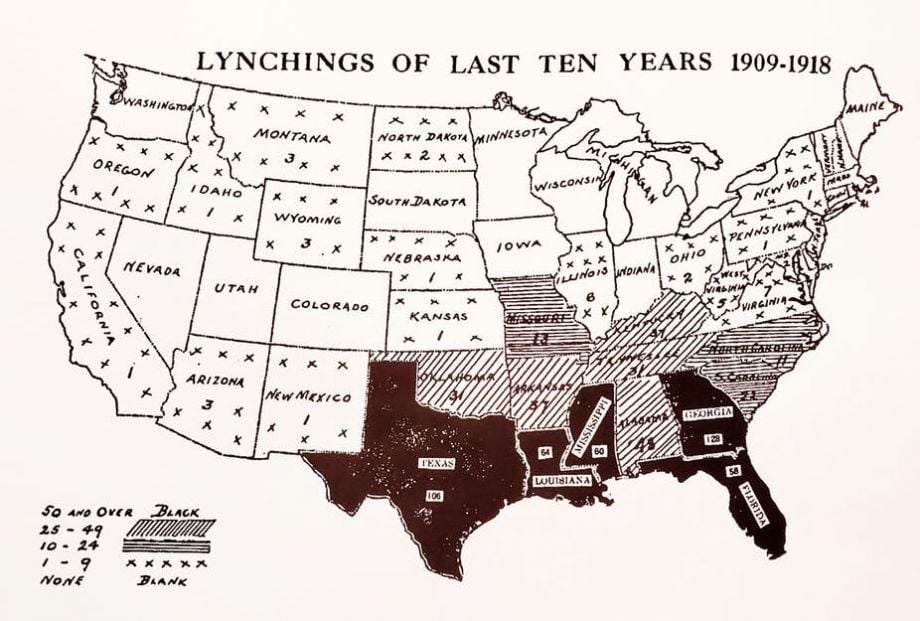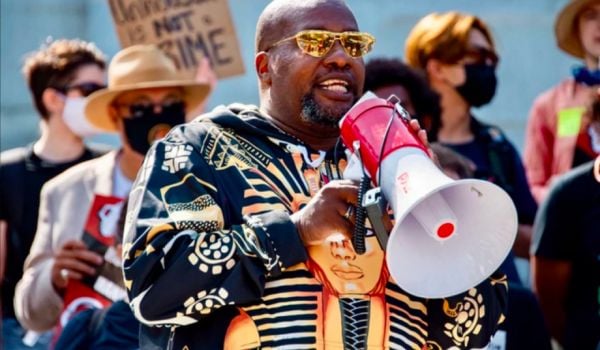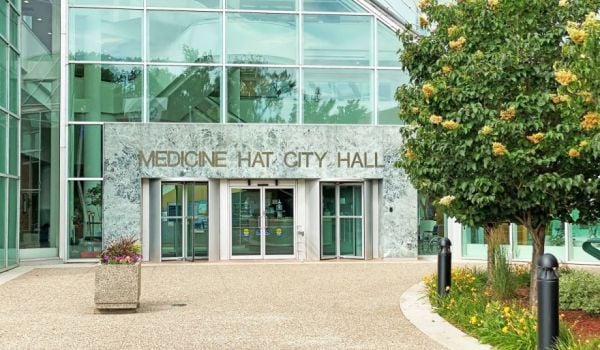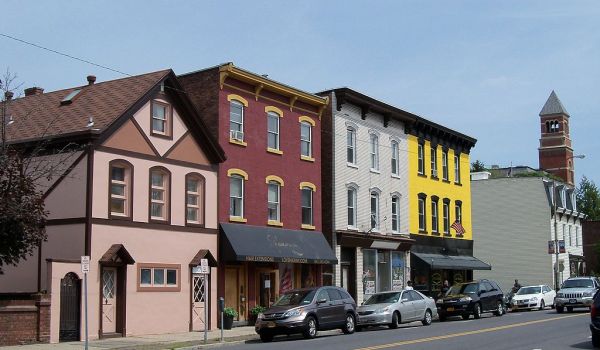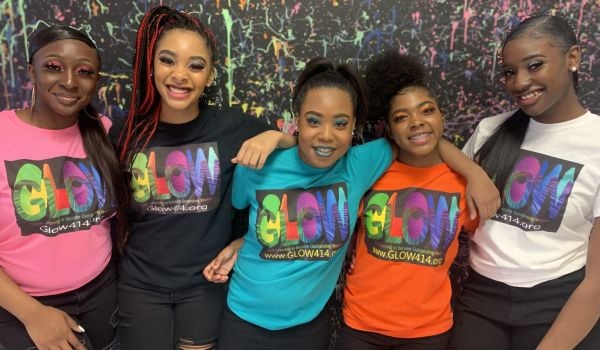As we close the book on 2021, we’ve been running a ton of wrap-up stories, trying to make sense of the past year. It was a year of hope — vaccines! — and disappointment, as inequitable public health measures and a distrust of the medical system combined to create more and more virus variants and seemingly no end to a pandemic that has killed more than 800,000 Americans so far.
On this, the last day of the year that Next City will publish, if you want to read hope, read Oscar Perry Abello’s look at how 2021 finally drove people to think of the economy differently. Or view our two-part Solutions of the Year slideshow: Part one; part two. If you want a cold slap of reality, read Roshan Abraham’s look at how housing fared in 2021 — spoiler alert: not great. (As Abraham said in our end-of-year Reporters Roundtable, paraphrasing Rebecca Solnit’s “Hope in the Dark,” in times of uncertainty, there’s also a tremendous amount of possibility.
So for these uncertain times, that’s what this final Top 10 list is for. This list represents not necessarily good or bad, but the stories that, for whatever reason, clicked with you, Next City’s readers, this year. We think they’re all worth a read.
Automakers Must Address Americans’ Deadly Addiction to SUVs

(Photo by Tony Webster / CC BY 2.0)
Published Jun 4, 2021
In this op-ed, a transportation advocate and a sitting New York state Senator argue that the rise in SUV sales is killing people. That rise is undeniable — in New York City, six out of ten personal vehicles is now an SUV. And the way SUVs are designed, with higher frames and heavier weights, make them more deadly for anyone outside an SUV.
The Vehicle Safety Rating and Labeling Bill would have required the state DMV to rate all cars on how safe they are for people outside the vehicle, as is already done in Europe and parts of Asia. As of this writing, the bill has not advanced out of committee.
The Black-Owned Startup “Turning NYC Buildings Into Teslas”
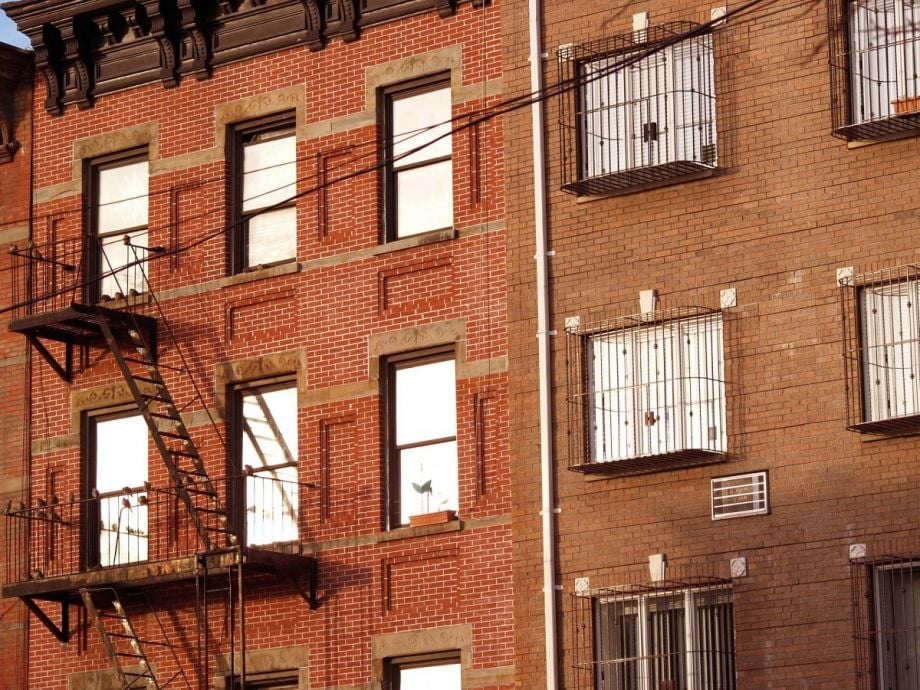
(Photo by Bonnie Natko / CC BY-NC-ND 2.0)
Published July 30, 2021
BlocPower uses innovative financing mechanisms to help buildings convert their aging heating infrastructure into modern, clean heat pumps. The heat pumps use electricity rather than oil or natural gas, so local air quality is improved, and if a building’s electricity source is renewable, it’s even more sustainable. The building doesn’t pay a thing up front. We revisited BlocPower on the Next City Podcast in November, after the company had won a contract to decarbonize every building in the city of Ithaca.
The original BlocPower piece was also part of our Financing our Green Future series, focusing on how green banks can enable more sustainability-oriented projects. Read that series here.
How Bakersfield, California Ended Chronic Homelessness
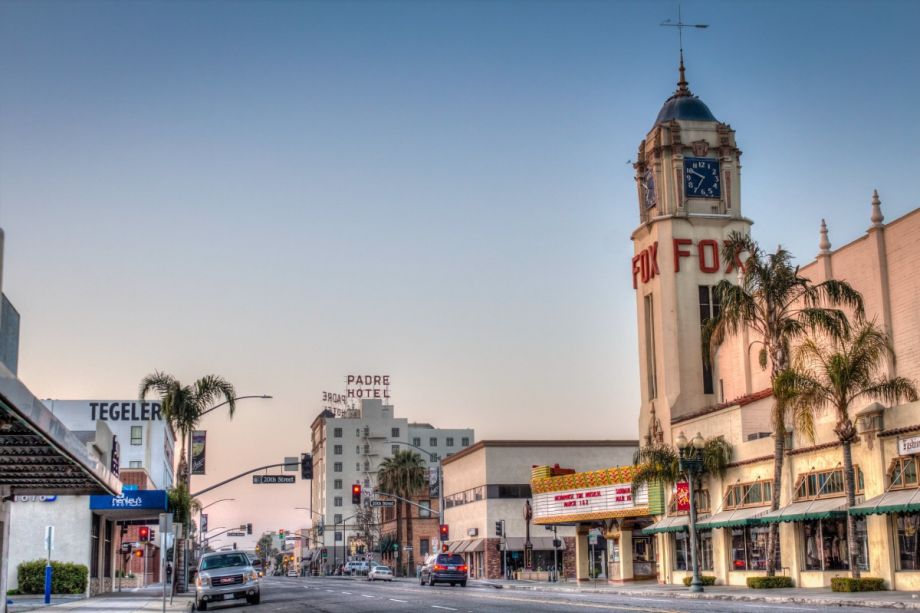
(Photo by David Seibold / CC BY-NC 2.0)
Published May 11, 2021
Part of our Built for Zero series, focusing on cities that have made a bold, public commitment to end homelessness as part of Community Solutions’ campaign, this story focused on Bakersfield, California, which succeeded this year in ending homelessness for people who were considered “chronically homeless.”
Only five cities have reached what Community Solutions calls “functional zero” for chronic homelessness so far. That definition leaves room for a person to not know where they’re going to sleep that night, and it leaves room for “visible” homelessness — the panhandling and rough sleeping that often trigger NIMBY-ist calls to “remove” people. As we reported in a follow-up story, “functional zero” for homelessness means that the number of people who become homeless every month are less than the city or municipality can house in that time. As Community Solutions told us, bringing the unemployment rate to 0 wouldn’t mean nobody ever lost a job — it would mean that when they do, they could quickly access unemployment benefits and find a new job. It’s the same with homelessness, the org says.
In Bakersfield’s case, a lot of the work of housing people fell to the Housing Authority of Kern County, which took on a “master lease” with some landlords and sublet units to unhoused people. This allowed the authority to take on some of the risk and guarantee the property against damages.
We checked back in with Community Solutions on the inaugural episode of the Next City podcast.
Singapore Shows What Serious Urban Farming Looks Like

(Photo courtesy of Comcrop)
Published May 3, 2021
Singapore imports more than 90 percent of its food. The government wants to triple the share of locally grown food in less than a decade. To meet this goal, the city-state will have to “test the limits of urban food production,” putting urban farms literally anywhere they will fit. So far that’s included a farm in a former prison, kale and chard in indoor hydroponic farms, and veggies on every available rooftop, including public housing and parking garages. So far, the efforts are bearing fruit — at last count in 2019, the city had 220 farms and was meeting 14 percent of its demand for leafy vegetables, 26 percent for eggs and 10 percent for fish.
Thanks to our partners at Reasons to be Cheerful for sharing this story with us.
What Research Says About the $15 Minimum Wage and the Affordable Housing Crisis
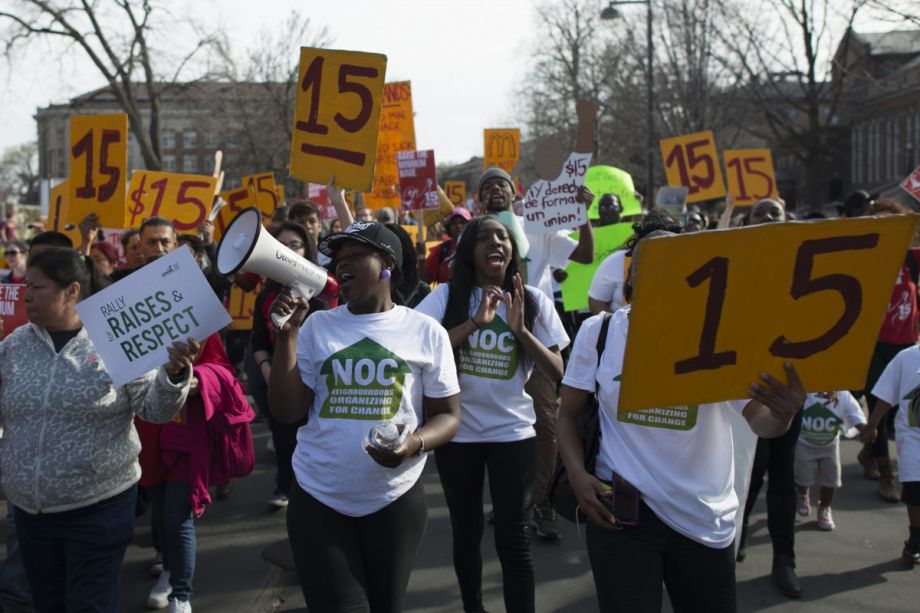
(Photo by Fibonacci Blue / CC BY 2.0)
Published Feb 2, 2021
For almost a decade, low-wage workers and their allies have been demanding an increase in the minimum wage to $15 an hour. (At this point, if a $15 minimum wage is implemented, its buying power has decreased significantly, so it may be too little, too late.)
But say, through some miracle of bipartisan compromise, the minimum wage was raised to $15 an hour. What would that do for the housing crisis? Some, but not as much as you might think, Jared Brey reported for us in February. For one thing, according to the National Low Income Housing Coalition’s annual Out of Reach report, full-time workers need to earn significantly more than $15 an hour to be able to afford a typical two-bedroom apartment in all but four U.S. states.
The national “housing wage,” which would pay for a rental home without spending more than 30% of one’s income, is $19.56 an hour for a typical one-bedroom home and $23.96 an hour for a two-bedroom unit, Brey reported.
So raising the minimum wage wouldn’t immediately solve the problem. But it would have some interesting side effects, as Brey reported at the time. Read the piece to find out all the details.
How Black Cartographers Put Racism on the Map
Published February 24, 2021
This op-ed by two geographers explores the rich history of “counter-mapping,” where groups normally excluded from political decision-making use maps and data to communicate information about inequality.
The piece points out what many Next City readers are intimately familiar with: that maps are not ideologically neutral. Home Owners Loan Corporation maps created redlining; city planners “pursuing their agendas” created maps that misrepresented what was going on in minority neighborhoods.
According to the authors, Black Americans were among the earliest counter-mappers. The piece gives examples — from the Green Book to anti-lynching maps — that are well worth a read.
Next City loves maps, of course. Check out some of our other mapping stories here.
Europe Is Guaranteeing Citizens the “Right to Repair”
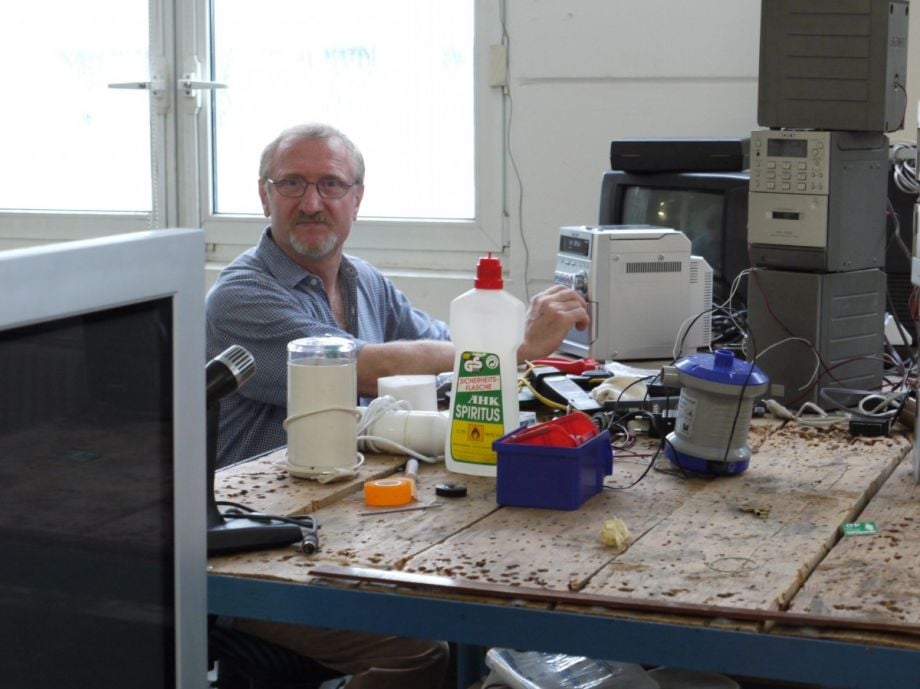
(Photo courtesy Hamburg Sanitation Department)
Published January 14, 2021
This year, EU laws went into effect that require manufacturers of certain products — dishwashers, refrigerators and computer monitors, for some — to make sure their products are fixable. That means products must be able to be opened with common tools, and that spare or replacement parts can be found. Instruction manuals must be available. These regulations — and other, more local ones targeting other devices — are expected to eliminate millions of tons of e-waste, by making products repairable instead of forcing people to buy new.
Since this article was published, Right to Repair has had a bit of a movement in the U.S. as well. In July, President Biden signed an executive order that, among other things, directed the FTC to come up with rules guiding Right to Repair. Those rules aren’t yet out, but the FTC has strongly signaled its support for the movement.
This Ride-Hailing Platform Wants to be Better for Everyone, Starting with Drivers

(Photo by seragif / Public domain)
Published Mar 9, 2021
Ride-hailing doesn’t need to be exploitative — at least that’s the thesis put forth by Co-op Ride, a ride-hailing app that competes with Uber and Lyft in NYC. The key difference is that Co-op Ride is owned by the drivers.
Co-op Ride launched to the public in May, two months after this article was published. Since then, their app has been downloaded tens of thousands of times and 2,500 drivers have signed up to be a part of the project.
We also revisited this project as part of the Next City Podcast in November.
Vancouver Gave People Experiencing Homelessness $5,800. It Changed Their Lives.

Photo by Michael Gwither-Jones (CC-BY-2.0)
Published January 11, 2021
More and more this year, the evidence has come in that giving people cash, no strings attached, can have literally life-changing effects. In this story from early 2021, Reasons to be Cheerful reported on an initiative that gave 50 people in Vancouver who were experiencing homelessness a one-time deposit of CAD$7500, or about USD$5800. The lump sum was not just life-changing, it was almost immediate. Half of people who received the gift moved into stable housing in less than a month. 70 percent became food secure. At the end of a year-long period, the average recipient still had $1,000 left in the bank.
Remarkably, simply giving people cash even saved the government money, as it would have cost $8,000 per person to house them in emergency shelters, the story says.
Lump-sum giving is one way to approach poverty reduction. Another is guaranteed income, where recipients get smaller amounts of money but spread out over a year or two — or, advocates hope, indefinitely. After gaining mainstream recognition through Andrew Yang’s failed presidential run, the concept of guaranteed income has more or less rocketed onto the scene. We’re tracking guaranteed income pilots around the country on an interactive map, updated frequently.
LA Mall Purchase Would Be the Biggest Victory Yet for Community-Driven Development
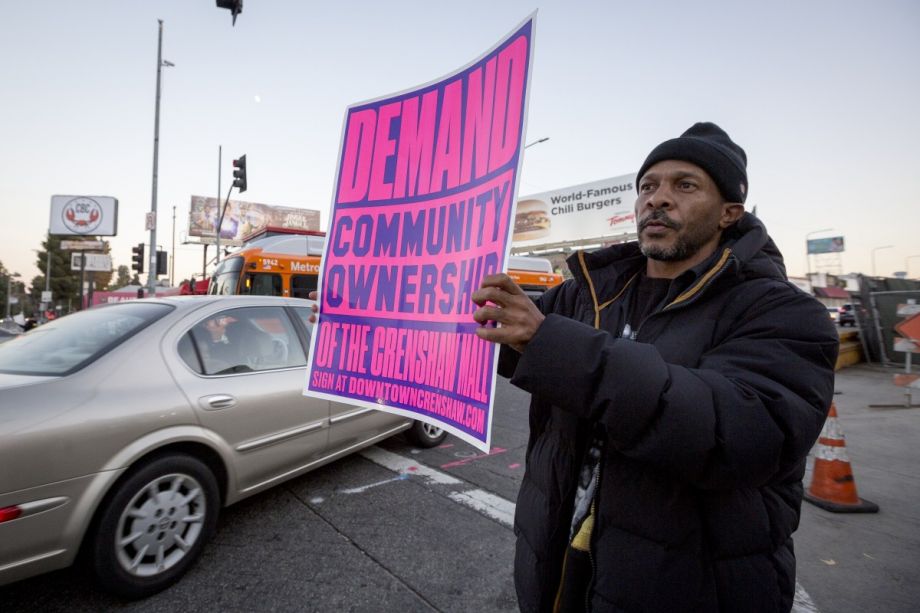
(Photo by Paulo Freire Lopez; courtesy Downtown Crenshaw)
Published Apr 6, 2021
Community organizers in Los Angeles planned not just to stop a developer’s purchase of a beloved if slightly decrepit shopping mall, but to buy it themselves. The group they formed, Downtown Crenshaw Rising, raised $28 million for a down payment, and has enough investor interest to hit a nine-figure price tag. If they bought the mall, they’d fill it with local businesses and worker-owned co-ops, and the profits would stay in the neighborhood. A grand vision. Sadly, in July of this year, the mall was sold to another group — despite Downtown Crenshaw Rising reportedly having the highest bid.


